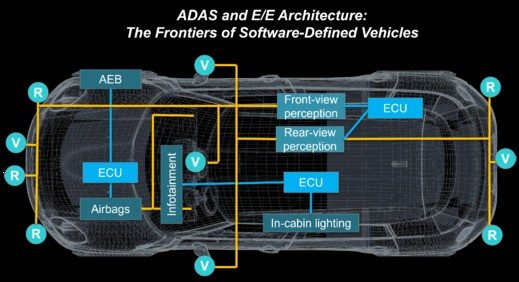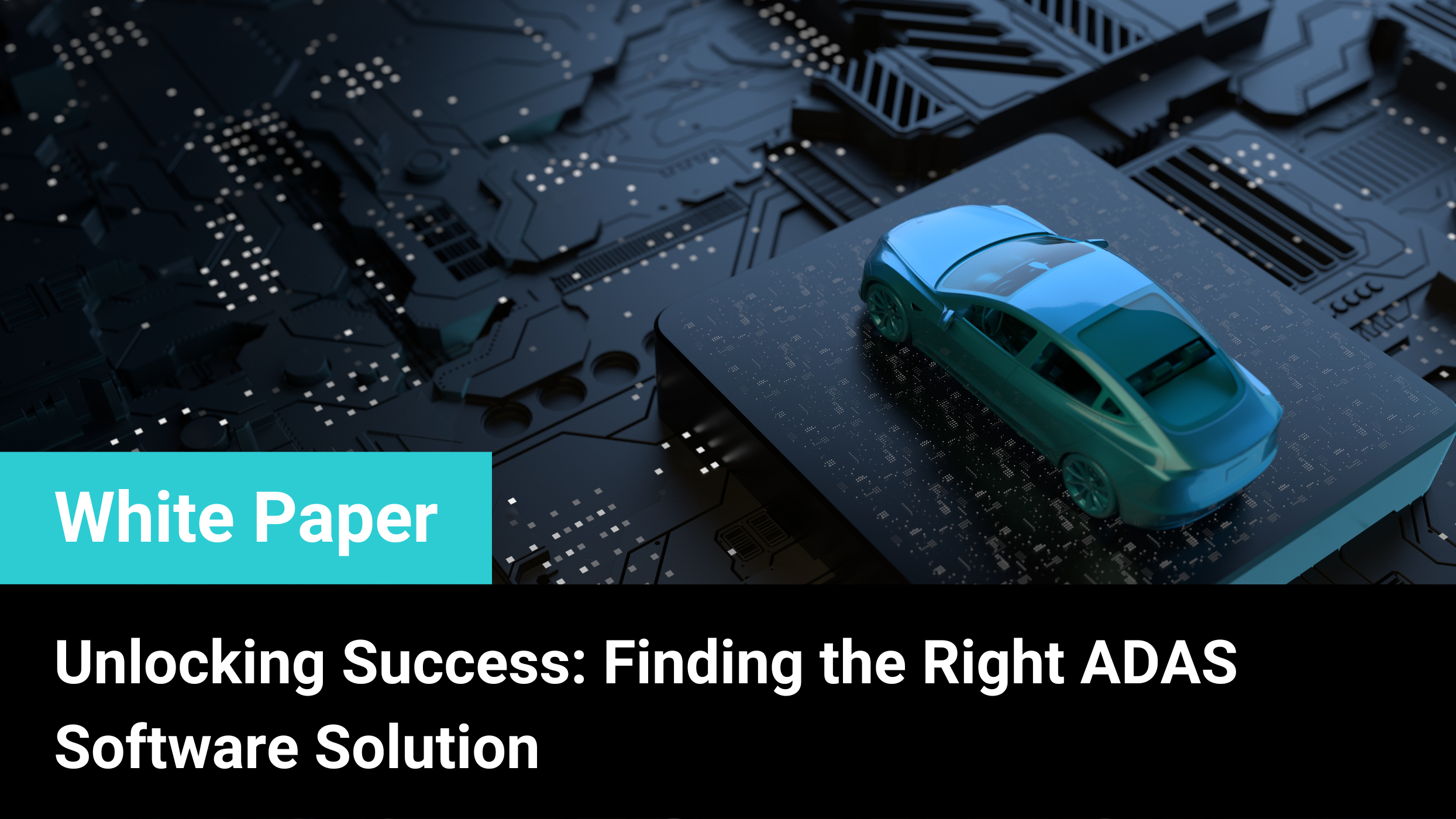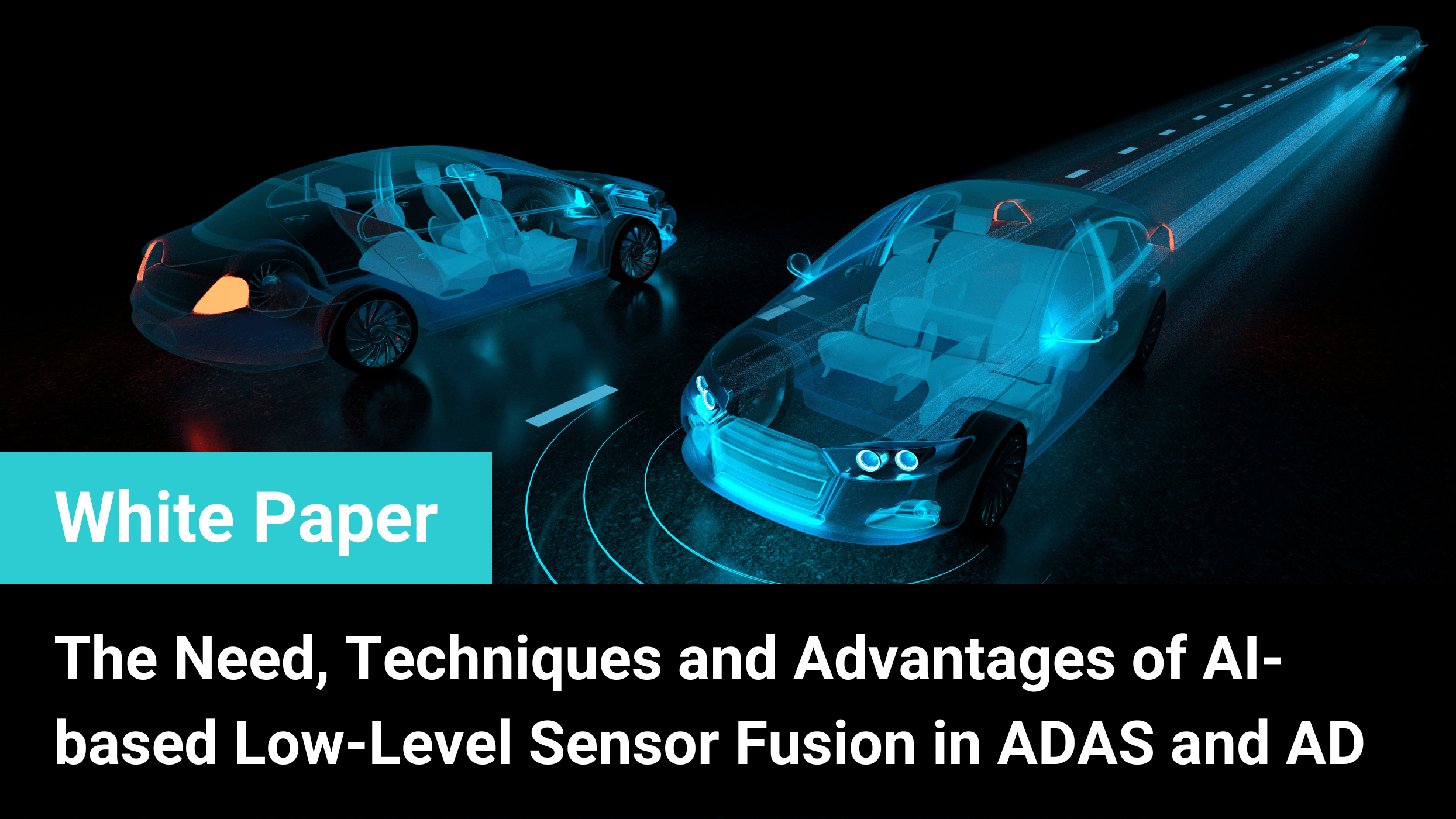Product Overview
The LVF-E is a comprehensive fusion and perception software stack supporting entry-level ADAS safety and highway assistance L2/L2+ applications. Based on LeddarVision™ low-level fusion (LLF) and perception technology, it enables the entry-level ADAS offering at the lowest sensor and hardware cost. LLF technology optimally combines sensor modalities, pushing the performance envelope far beyond legacy solutions, doubling supported object detection range to over 150 meters, thus supporting GSR 2022 and 5-star NCAP 2025 requirements with 1V2R configuration, having only a single wide FoV (120°) front camera and two short-range front corner radars. The LVF-E software stack is targeting low-cost ECU-based applications optimized for the TDA4VM-Q1 (8 TOPS deep-learning acceleration) processor from Texas Instruments.
Features and Benefits
LVF-E implements a complete stack handling sensors’ interface, calibration and synchronization, sensor fusion, object detection and classification, continuous tracking and stabilization, road model, speed traffic signs detection, vehicle odometry interface and ego-motion localization, providing a comprehensive environmental model and API to entry-level L2/L2+ ADAS applications.
LVF-E superior object detection performance further extends to occluded VRUs and vehicles, providing early warning in NCAP tested scenarios (e.g., occluded cyclist tests). Superior object separation and longitudinal position measurement accuracy in highway scenarios leads to higher performing ACC implementation. Inherent sensor redundancy provides a more reliable operation in presence of degraded (e.g., dirty lens), failing (e.g., failing camera) or conflicting sensors (e.g., false alarms from radars in presence of guard rails) and adverse scenarios and environments (e.g., dust, blinding light, etc.).
Product Family
The LVF-E product is part of a family of front-view products targeting entry- to premium-level ADAS. A comprehensive product roadmap provides growing features support for different market segments. LVF-H companion product targets premium front-view ADAS and extends sensor support to 1V5R sensor configuration, adding two back corner radars for extended 5-star NCAP support (overtaking/reverse/dooring scenarios), enhanced highway assistance support (semi-automated lane change), a front medium-range radar and 120° FoV class camera for extended range and ACC and premium perception, positioning and prediction features.







